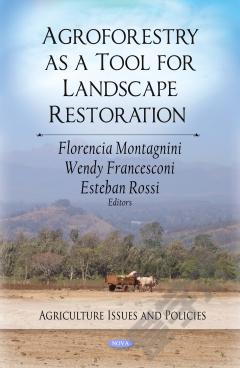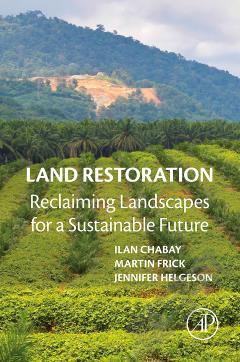Agroforestry as a Tool for Landscape Restoration
This book compiles a set of articles from a technical session: “Agroforestry as a Tool for Landscape Restoration”, held in August 2009 as part of the “2nd. World Agroforestry Congress. The future of global land use”. The book is comprised of 5 sections with a total of 14 chapters. The articles selected provide an overview of recent efforts to apply agroforestry technologies to landscape restoration in degraded lands located in tropical and temperate regions worldwide. The book is directed at a broad audience including academics, practitioners, and policy makers. The topics, problems and objectives in each chapter vary according to the specific circumstances of ecosystem or landscape degradation, ranging from extreme conditions and solutions such as sand embankments and vegetative barriers in arid regions of Sudan, to degraded agricultural or pasture lands, implementing successional analog ecosystems in the Brazilian Amazon, “agrotropic-rainforestry” systems in Cameroon, traditional shifting agricultural technologies without burning in Madagascar, agrosilvopastoral systems in Costa Rica, or reforestation with taungya systems in Venezuela. Several chapters focus on soil restoration and sustainable production of subsistence goods, as well as non timber forest products in Cameroon, Mexico and Argentina. Several chapters are dedicated to describing agroforestry systems aimed at the provision of environmental services such as biodiversity conservation and protection of watersheds. The book closes with a chapter stressing the importance of working with local people, and providing education and extension services to local communities. This collection of articles intends to call the attention of practitioners, academics and policy makers to key issues and approaches in agroforestry that can be useful to address the complex environmental and productivity problems of degraded agricultural lands throughout the world.
{{comment.content}}








 京公网安备 11010802027623号
京公网安备 11010802027623号